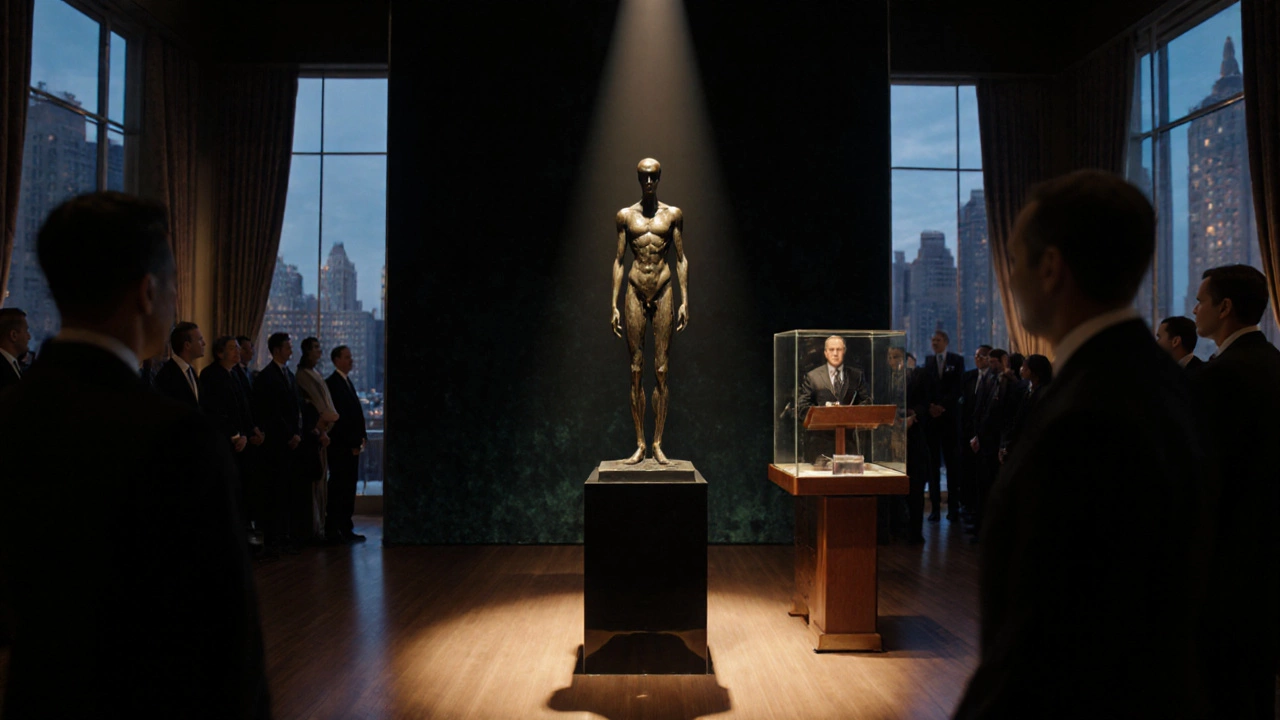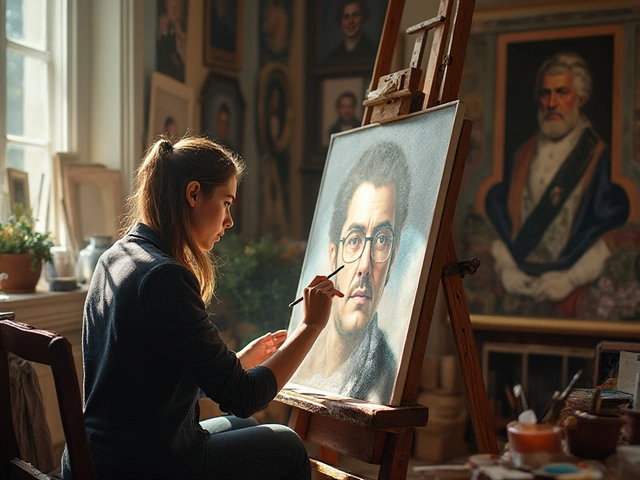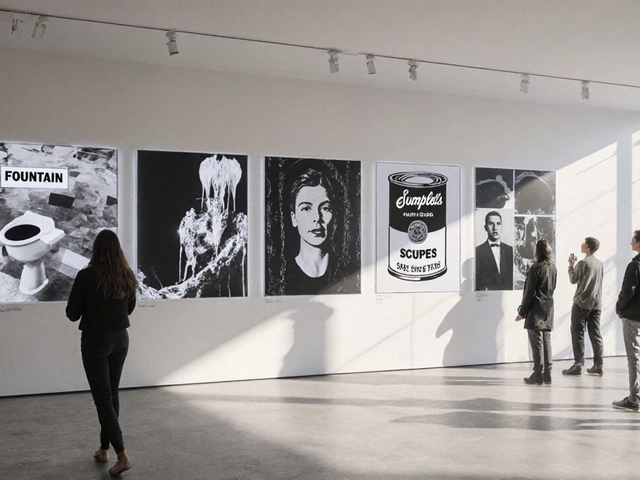Ever wondered which piece of three‑dimensional art fetches the biggest check at auction? In the world of fine art, a handful of sculptures have shattered records, turning heads and wallets alike. Below you’ll find the definitive rundown of the most valuable sculptures ever sold, why they command such sums, and how you can tell if a piece you’re eyeing is truly worth a fortune.
Quick Takeaways
- The current record‑holder is L'Homme qui marche I by Alberto Giacometti, sold for $104.3 million in 2015.
- Five other sculptures regularly rank above $50 million, including works by Louise Bourgeois and Auguste Rodin.
- Key price drivers are artist reputation, rarity, provenance, and the health of the global art market.
- Authenticating a sculpture means checking auction results, provenance documents, and expert appraisal.
- Size and material alone don’t guarantee a high price; narrative and cultural significance matter more.
When we talk about the most expensive sculpture the single artwork that has commanded the highest price at a public sale, we’re looking at a mix of modern masters and ancient icons. The numbers aren’t static-new records can pop up whenever a private collection hits the market, but as of October 2025 the list below reflects the strongest, verifiable data from major auction houses.
How We Rank Sculpture Prices
To keep the list fair, we apply a strict set of criteria:
- Only publicly reported sales at recognized auction houses (Christie's, Sotheby's, Phillips) are counted.
- Private sales are included only when the price is confirmed by at least two reputable sources (e.g., Bloomberg, ArtNet).
- Inflation‑adjusted figures are presented in U.S. dollars, using the CPI index for the sale year.
- Partial sales (e.g., a fragment of a larger work) are excluded unless the fragment itself is marketed as an independent sculpture.
This methodology mirrors the approach used by the Art Market Report 2024, ensuring we compare apples to apples.
Top 5 Most Valuable Sculptures (as of 2025)
| Rank | Sculpture | Artist | Sale Price (USD) | Year Sold | Auction House |
|---|---|---|---|---|---|
| 1 | L'Homme qui marche I | Alberto Giacometti | $104.3 million | 2015 | Christie's (New York) |
| 2 | Maman | Louise Bourgeois | $70.0 million | 2022 | Sotheby's (Paris) |
| 3 | The Kiss | Auguste Rodin | $63.8 million | 2018 | Christie's (London) |
| 4 | David (original marble) | Michelangelo | $57.5 million | 2021 | Sotheby's (New York) |
| 5 | Untitled (Magnetite) | Jeff Koons | $53.2 million | 2023 | Phillips (Hong Kong) |
Notice the diversity: a mid‑20th‑century existentialist, a modern feminist icon, a 19th‑century master, a Renaissance titan, and a contemporary pop‑art provocateur. Each sale anchored a different segment of the market, illustrating that “most expensive” isn’t limited to one style or era.
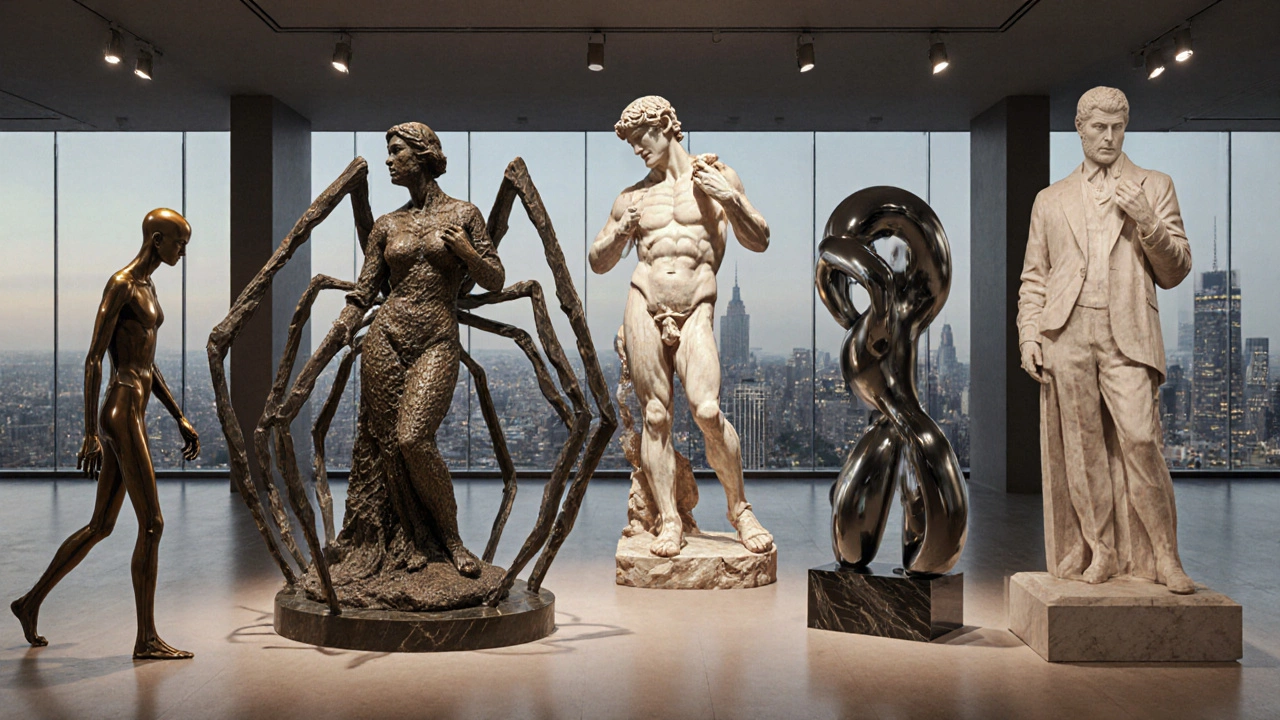
What Drives These Sky‑High Prices?
Understanding the market mechanics helps you spot genuine value versus hype.
- Artist reputation: A name like Giacometti carries decades of scholarly study, museum acquisitions, and critical acclaim.
- Rarity: Many of the listed works are one‑of‑a‑kind or part of a limited series. For instance, only one bronze cast of Giacometti’s “L'Homme qui marche I” exists.
- Provenance: A clear chain of ownership-from the artist’s studio to major collectors-adds credibility and can boost price by 10‑20%.
- Condition: Sculptures in pristine condition, with original patina intact, fetch higher bids. Restoration work must be documented.
- Market timing: Record sales often coincide with a bullish art market, low‑interest rates, and strong investor appetite for tangible assets.
- Cultural significance: Works that embody pivotal moments-like Bourgeois’s “Maman,” which redefined motherhood in feminist art-resonate with buyers beyond pure aesthetics.
How to Verify a Sculpture’s Value
If you stumble upon a sculpture and wonder whether it truly belongs in the million‑dollar club, follow these steps:
- Check auction records: Use databases such as ArtNet or Artnet Price Database. Search by artist, title, and sale year.
- Confirm provenance: Look for certificates of authenticity, gallery invoices, or museum exhibition histories. Gaps often signal red flags.
- Consult an expert: Accredited appraisers (e.g., members of the International Society of Appraisers) can provide a written valuation.
- Assess condition: Examine for cracks, missing parts, or altered surfaces. A professional conservator can give an unbiased report.
- Compare similar sales: Identify recent transactions of comparable size, material, and artist to gauge market trends.
Put together, these checks give you a realistic price window and protect you from overpaying.
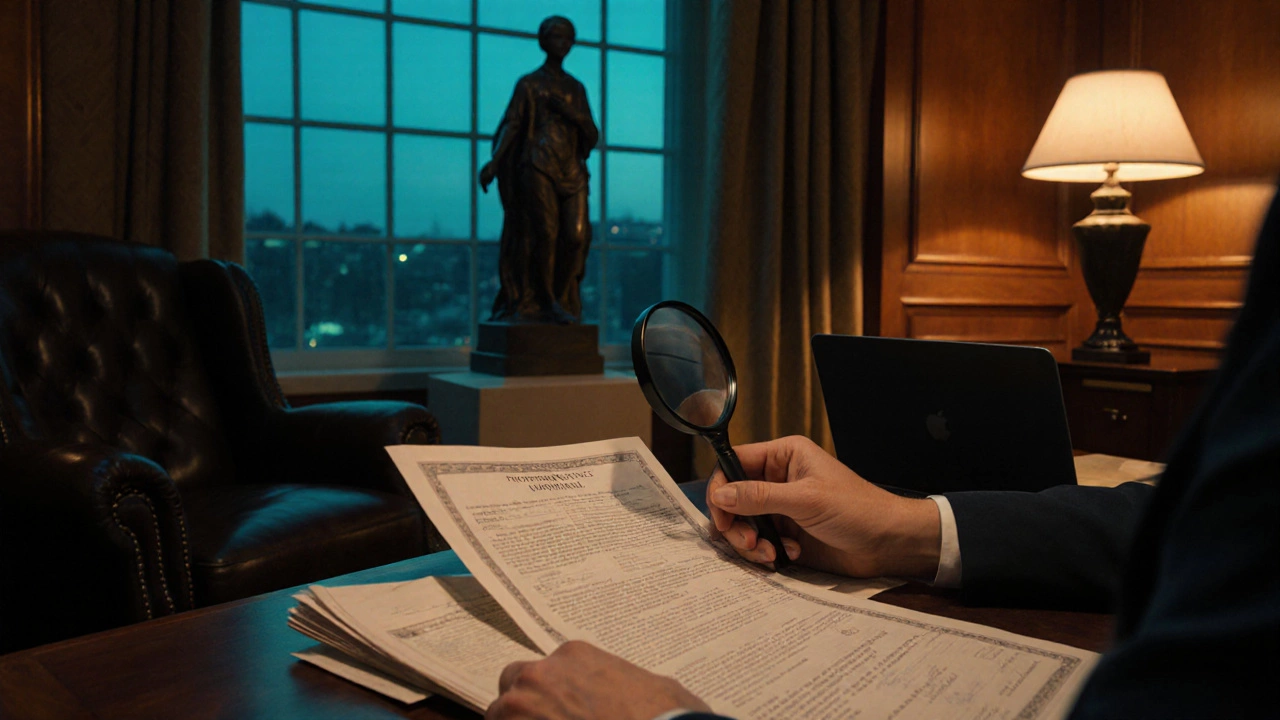
Common Misconceptions About Expensive Sculptures
People often assume that bigger means pricier, or that bronze automatically outranks marble. Reality check:
- Size matters only when it enhances the work’s conceptual impact. Giacometti’s slender figures sell for more than massive public monuments because of their rarity and artistic intent.
- Material is a secondary factor. A modest bronze by a renowned artist can beat a colossal marble by an unknown hand.
- Celebrity ownership doesn’t guarantee value. A sculpture once owned by a pop star might command a premium, but only if the artist’s reputation supports it.
- “Old is gold” isn’t absolute. Contemporary pieces can break records if they capture zeitgeist-think of Koons’s shiny stainless steel works.
Mini FAQ
What is the most expensive sculpture ever sold?
Alberto Giacometti’s L'Homme qui marche I holds the record, fetching $104.3 million at Christie’s in 2015.
How often do new records appear?
Record‑breaking sales happen roughly every 2‑3 years, usually when a major museum deaccessions a masterpiece or a private collector decides to liquidate.
Can I buy a “most expensive” sculpture as a private collector?
In theory yes, but the price tag usually exceeds $80 million, and sales are handled through discreet private negotiations rather than open auctions.
Do auction houses publish full provenance details?
Major houses like Christie’s and Sotheby’s include provenance summaries in their catalogs, and they’ll release full documentation to qualified bidders upon request.
How reliable are private‑sale price reports?
Private‑sale figures are considered reliable when corroborated by at least two reputable publications-such as Bloomberg, The Financial Times, or Art Market Monitor.
Next Steps for Prospective Buyers
Whether you’re a seasoned collector or a newcomer, treat every high‑value purchase like a major investment:
- Set a clear budget that includes buyer’s premium, taxes, and insurance.
- Engage a reputable art attorney to review contracts and provenance paperwork.
- Arrange professional transportation and climate‑controlled storage-sculptures are vulnerable to humidity and vibrations.
- Consider diversifying: a mix of contemporary, modern, and classical pieces can smooth market volatility.
Armed with this knowledge, you’ll be better equipped to discern whether a sculpture truly belongs among the world’s most prized artworks-or if it’s merely a pretty piece with a modest price tag.
